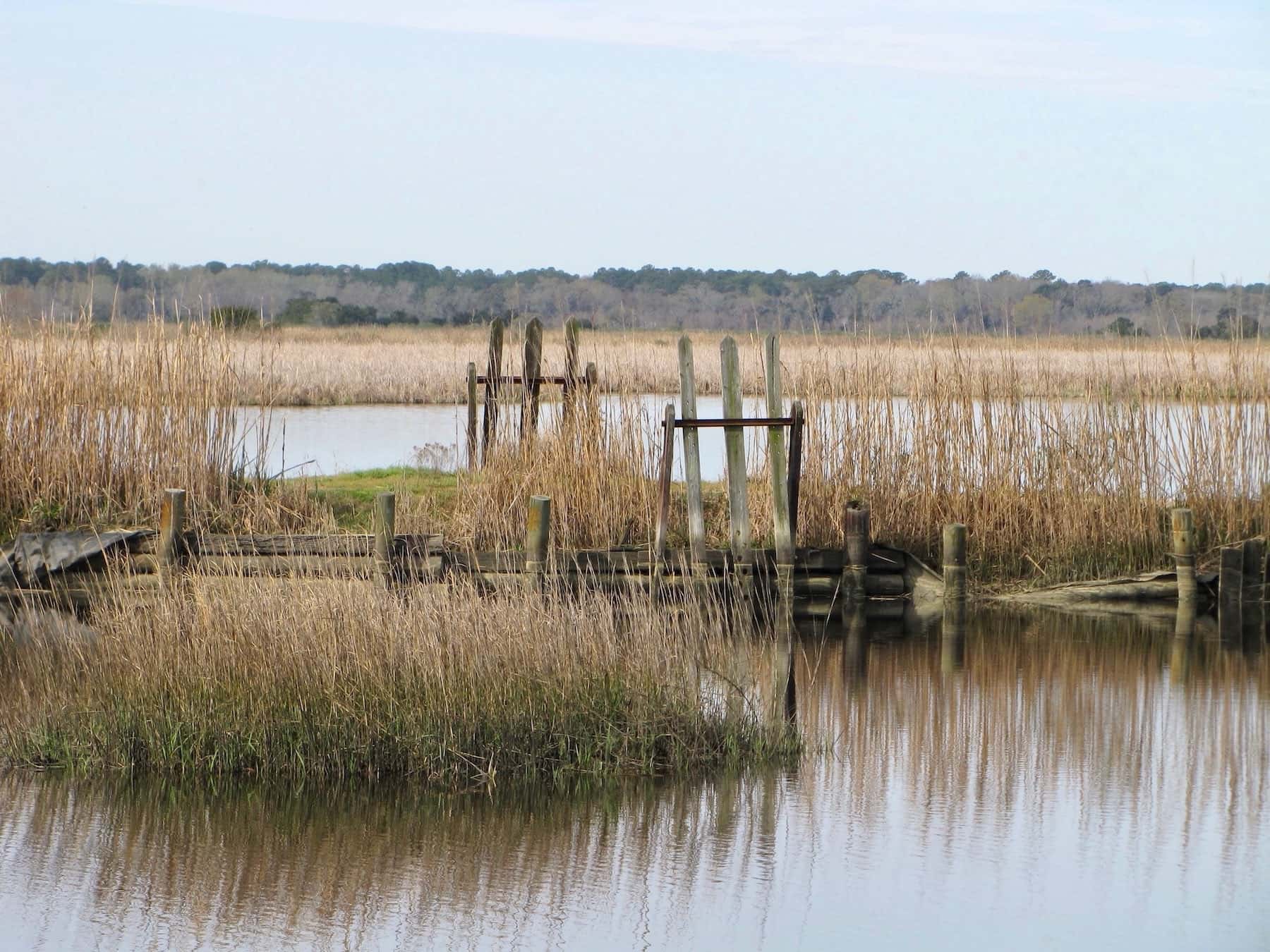Secrets Of Charleston’s Rice Plantations

Charleston's rice plantations hold stories of the past, weaving together history, culture, and nature. These sprawling estates once thrived as the heart of South Carolina's economy, producing vast amounts of rice. Walking through these historic grounds, you can almost hear the whispers of the past. The lush landscapes, dotted with grand oak trees and shimmering waterways, paint a picture of a bygone era. Visiting these plantations offers a glimpse into the lives of those who lived and worked there, from the wealthy landowners to the enslaved people who toiled in the fields. Today, these sites serve as reminders of both the beauty and complexity of Southern history. Whether you're a history buff or just curious, exploring Charleston's rice plantations provides a unique window into the past, offering lessons and stories that continue to resonate.
Discovering Charleston's Rice Plantations
Charleston, South Carolina, is a city rich in history and culture. Among its many treasures are the rice plantations that once played a significant role in the region's economy. These plantations offer a glimpse into the past, showcasing the architecture, landscapes, and stories of those who lived and worked there. Let's take a closer look at some of the most fascinating rice plantations in Charleston.
Boone Hall Plantation
Boone Hall Plantation is one of America's oldest working plantations, with over 320 years of history. Known for its stunning avenue of oaks, this plantation offers a unique blend of history and natural beauty.
- Boone Hall Plantation: Established in 1681, Boone Hall is famous for its picturesque entrance lined with live oak trees draped in Spanish moss. Visitors can explore the historic mansion, gardens, and original slave cabins, which provide insight into the lives of enslaved people who worked the land.
Middleton Place
Middleton Place is a National Historic Landmark and home to America's oldest landscaped gardens. This plantation offers a serene escape with its beautiful gardens and rich history.
- Middleton Place: Dating back to the 18th century, Middleton Place boasts 65 acres of stunning gardens, including the Butterfly Lakes and the Reflection Pool. The plantation house museum showcases artifacts from the Middleton family, who played a significant role in American history.
Magnolia Plantation and Gardens
Magnolia Plantation and Gardens is renowned for its beautiful gardens and rich history. This plantation offers a unique blend of natural beauty and historical significance.
- Magnolia Plantation and Gardens: Founded in 1676, Magnolia Plantation is one of the oldest plantations in the South. Its gardens are famous for their azaleas and camellias, attracting visitors from around the world. The plantation also offers a nature train and boat tour, providing a closer look at the area's wildlife.
Drayton Hall
Drayton Hall is a well-preserved example of Georgian-Palladian architecture. This plantation offers a glimpse into the past with its historic house and beautiful grounds.
- Drayton Hall: Built in 1738, Drayton Hall is the oldest preserved plantation house in America open to the public. The house remains in its original condition, offering a rare opportunity to see an authentic 18th-century plantation home. The grounds also feature a beautiful riverfront view and walking trails.
McLeod Plantation Historic Site
McLeod Plantation Historic Site is a living tribute to the lives of those who lived and worked on the plantation. This site offers a unique perspective on the history of slavery and its impact on the region.
- McLeod Plantation Historic Site: Established in 1851, McLeod Plantation focuses on the stories of the enslaved people who lived and worked there. The site includes the main house, slave cabins, and a riverside pavilion, providing a comprehensive look at plantation life. Visitors can learn about the Gullah culture and the plantation's role in the Civil War.
Caw Caw Interpretive Center
Caw Caw Interpretive Center is a nature preserve with a rich history of rice cultivation. This site offers a unique blend of natural beauty and historical significance.
- Caw Caw Interpretive Center: Once part of several rice plantations, Caw Caw Interpretive Center is now a wildlife preserve with miles of trails through diverse habitats. Visitors can explore the remnants of rice fields, learn about the history of rice cultivation, and observe a variety of wildlife, including alligators and birds.
Charleston's Rich Legacy
Charleston's rice plantations offer a glimpse into a past that shaped the region's culture and economy. These plantations were more than just agricultural sites; they were the heart of a complex social and economic system. Visiting these historic locations, like Middleton Place or Magnolia Plantation, reveals the stories of those who lived and worked there. The architecture, gardens, and landscapes tell tales of both prosperity and hardship. Exploring these sites, one can appreciate the ingenuity and resilience of the people who cultivated rice, a crop that played a pivotal role in Charleston's development. Understanding this history fosters a deeper connection to the area and its people. As you wander through these plantations, reflect on the legacy left behind and how it continues to influence Charleston today. This journey through time enriches any visit to this charming Southern city.

